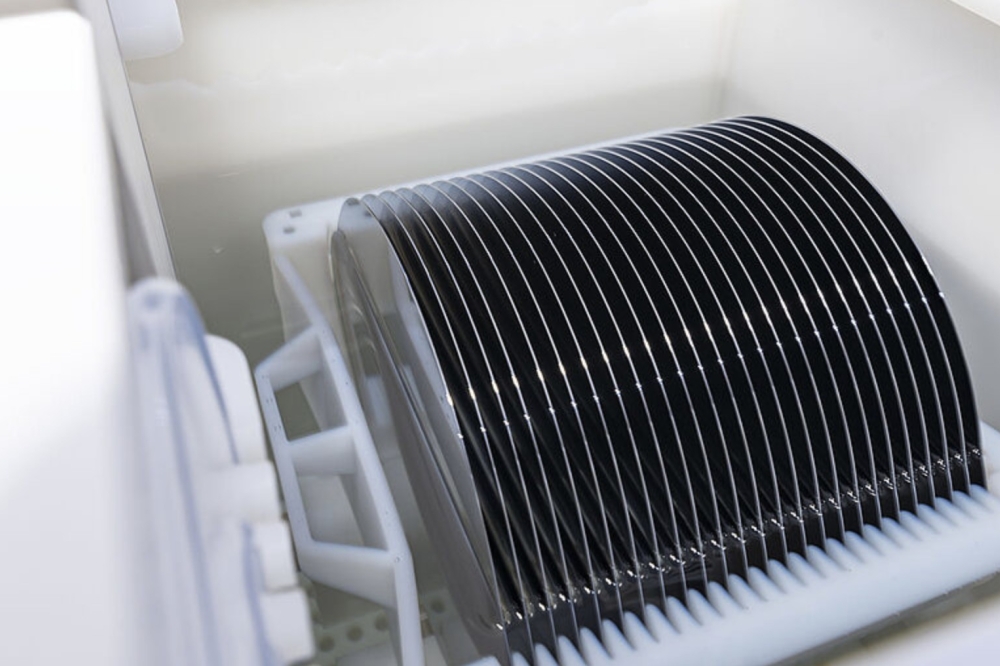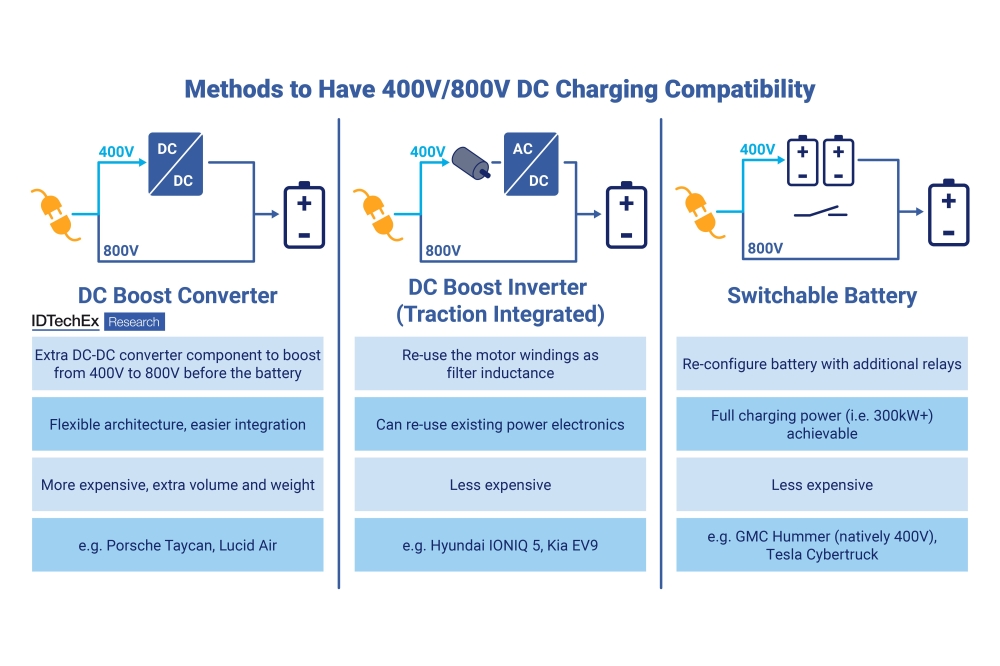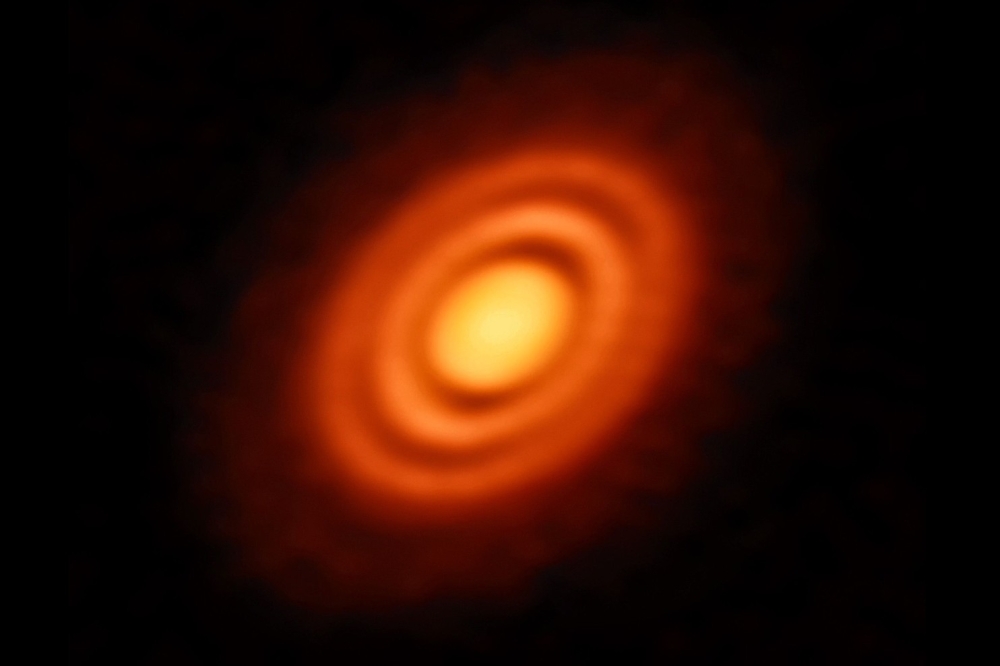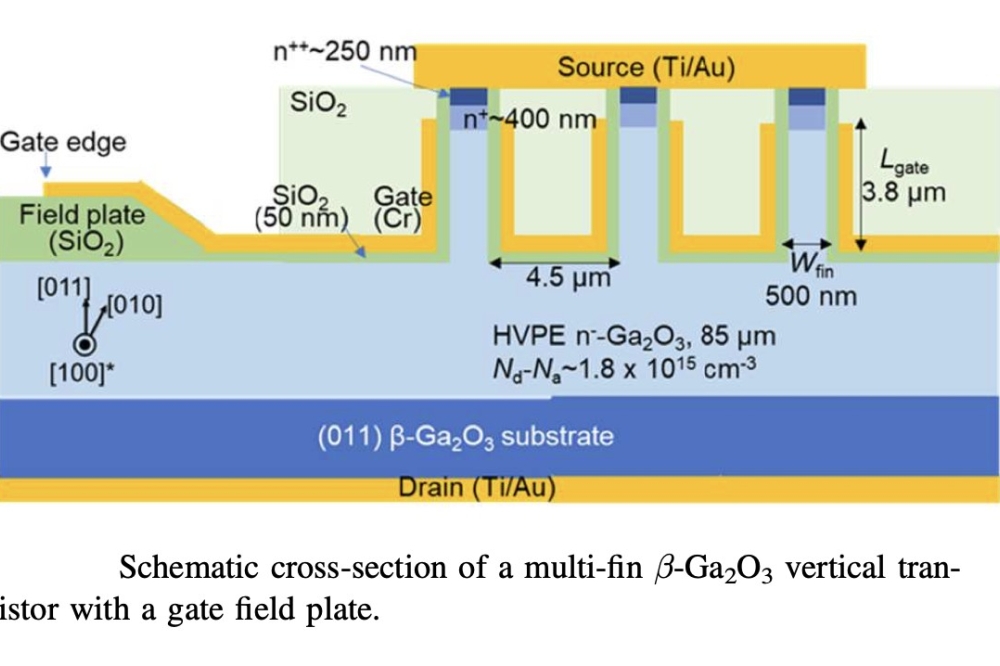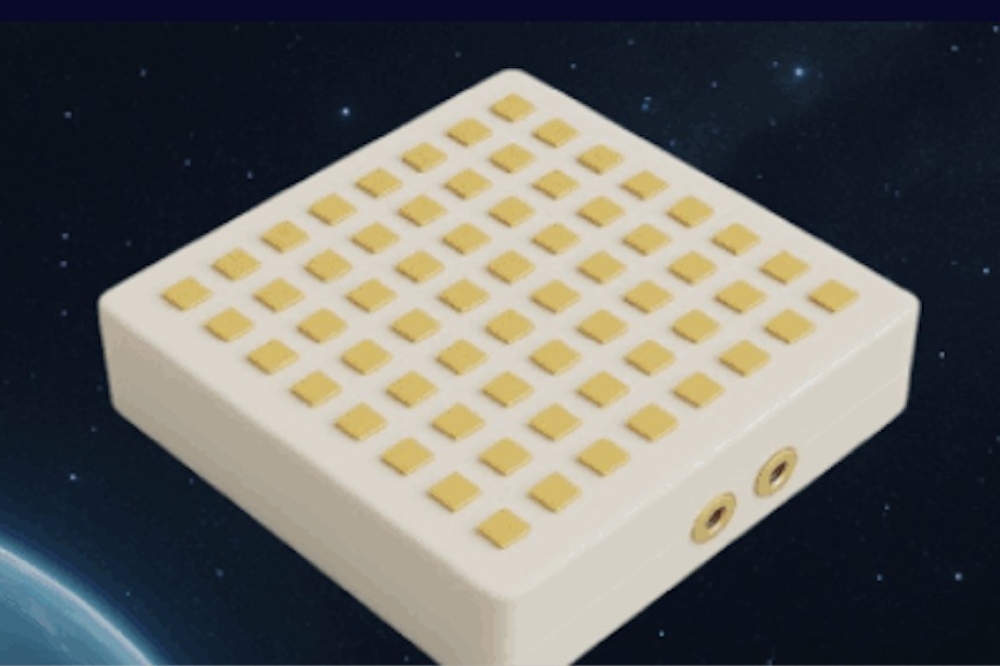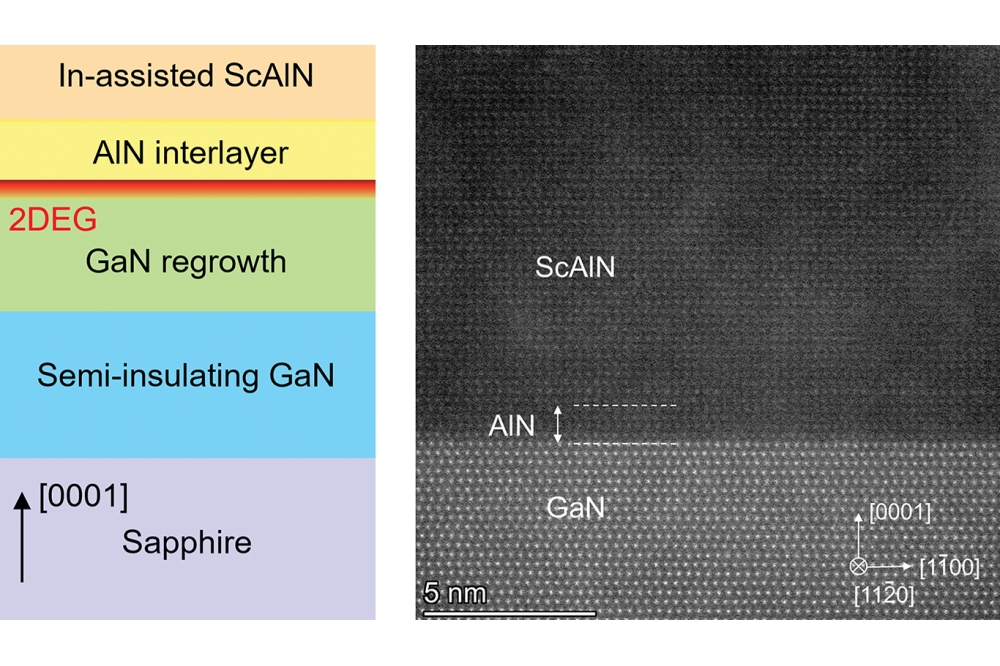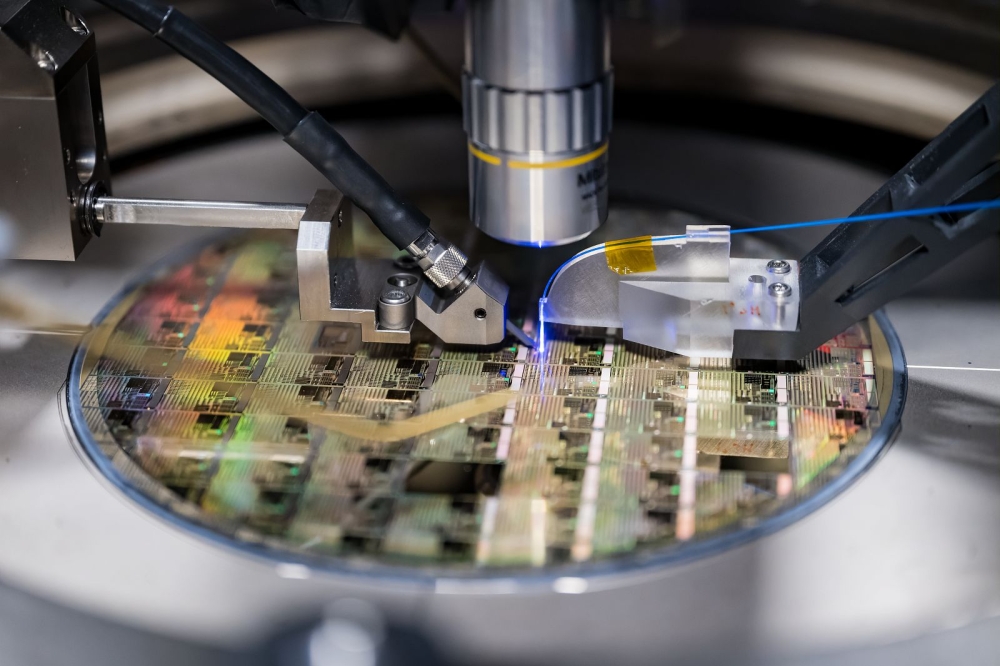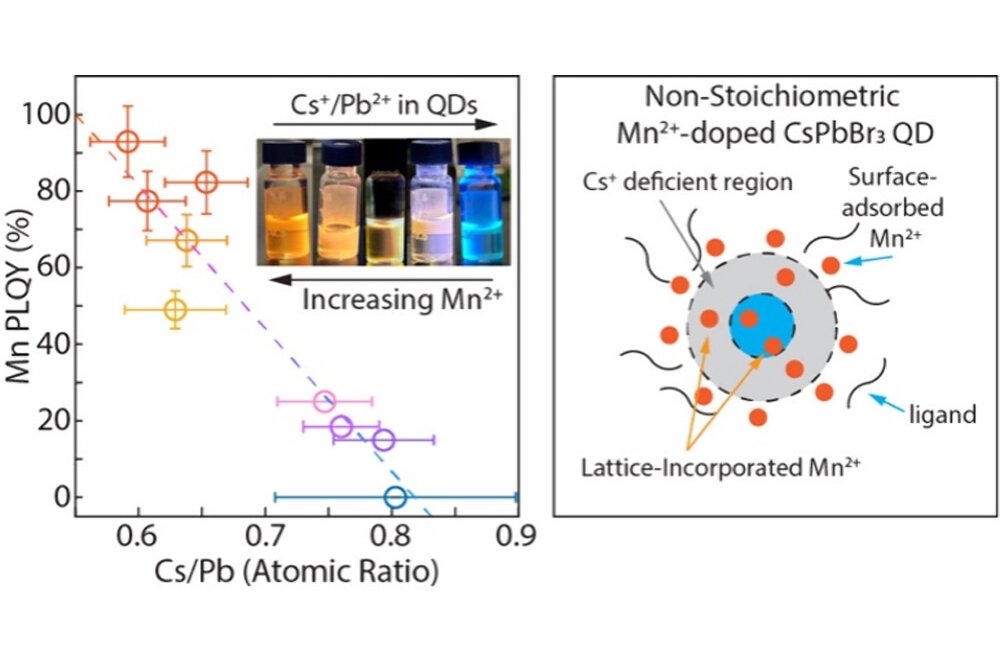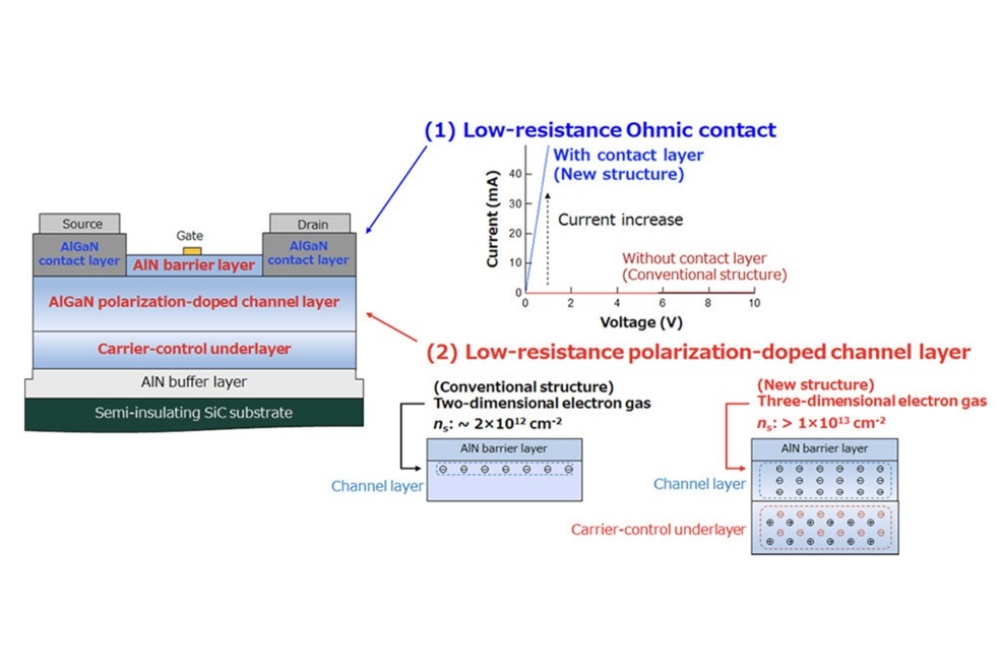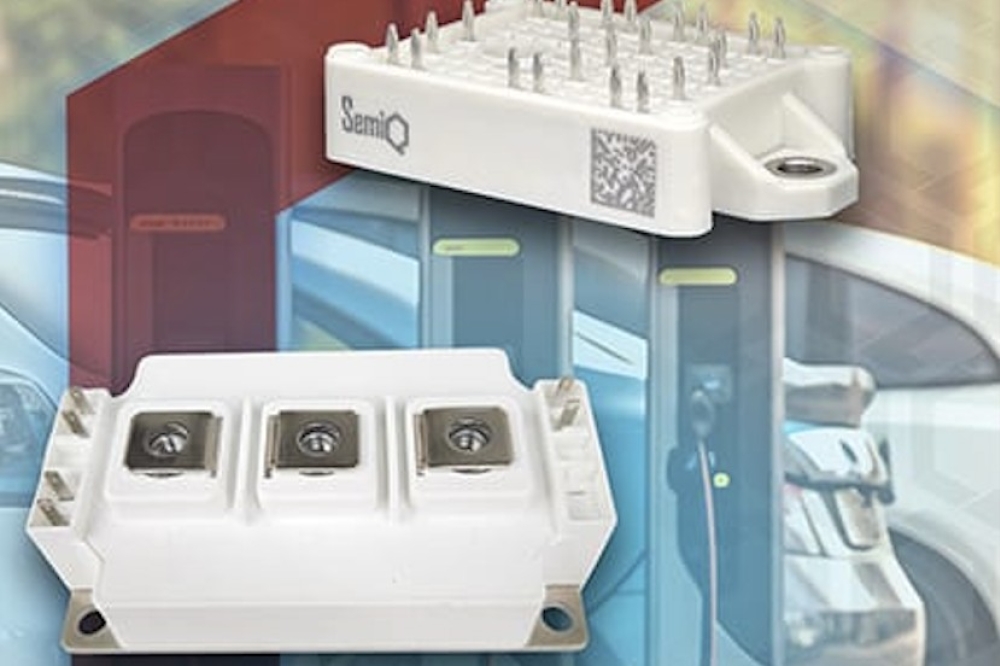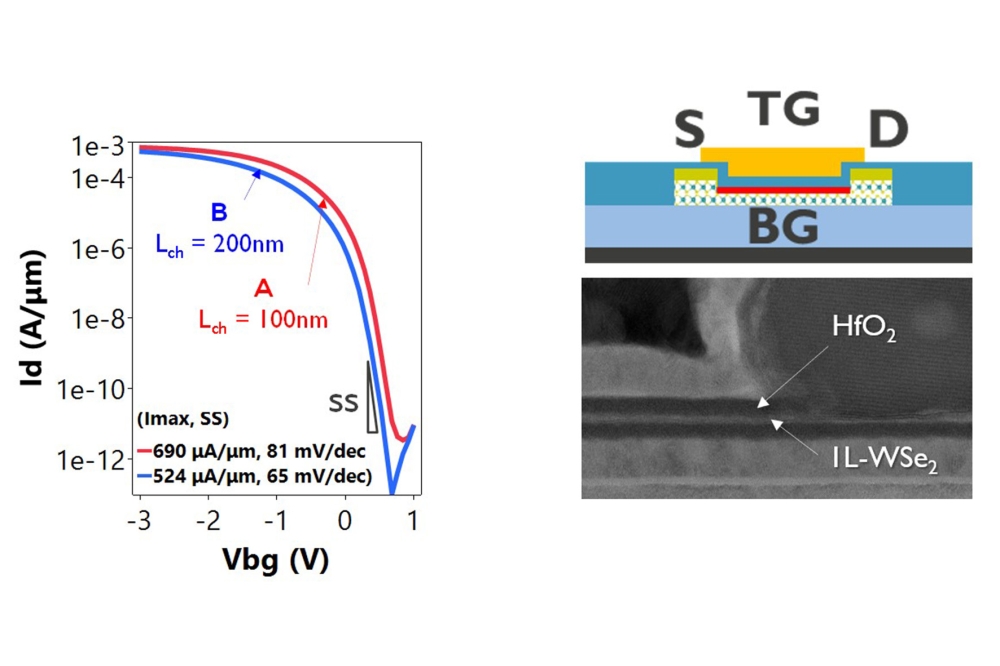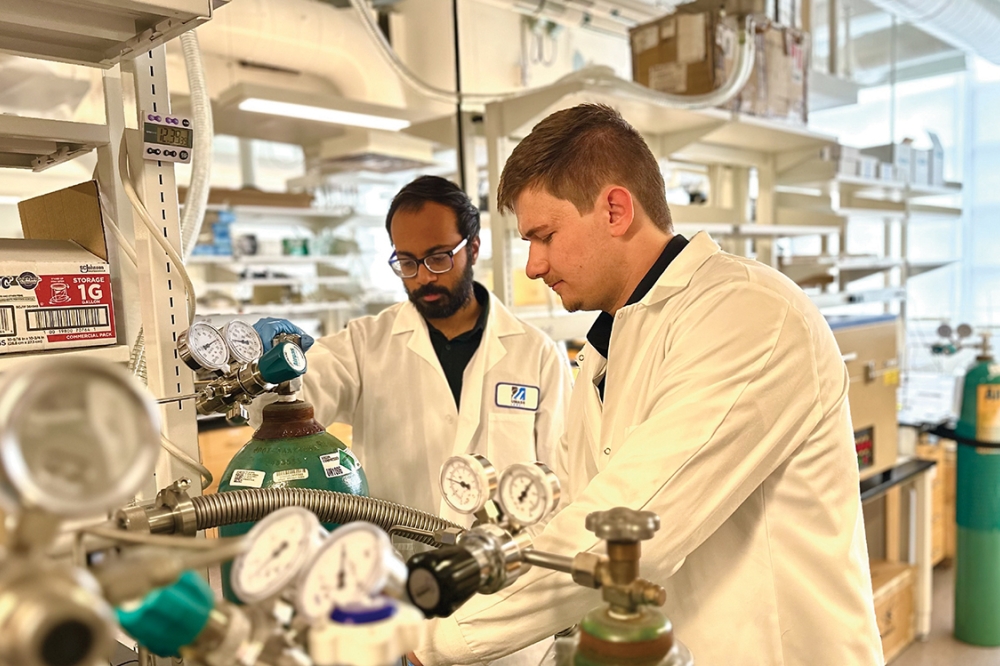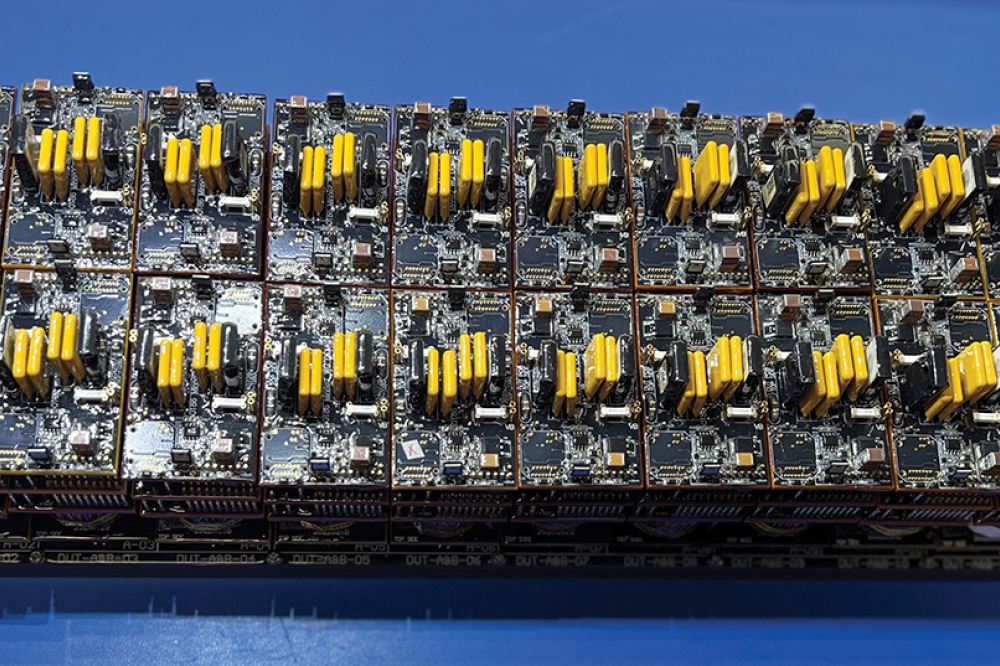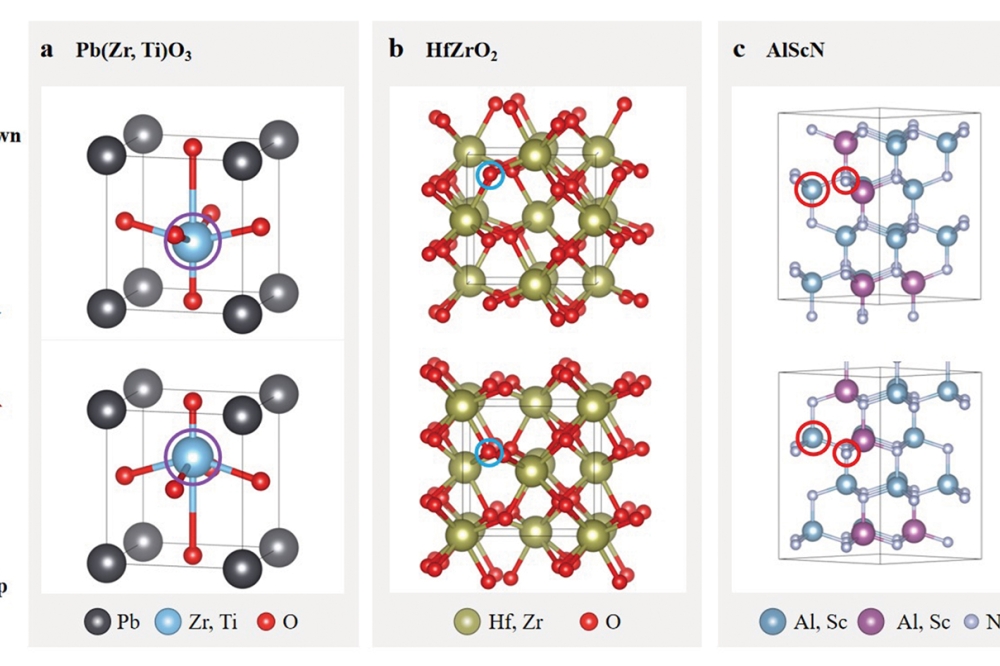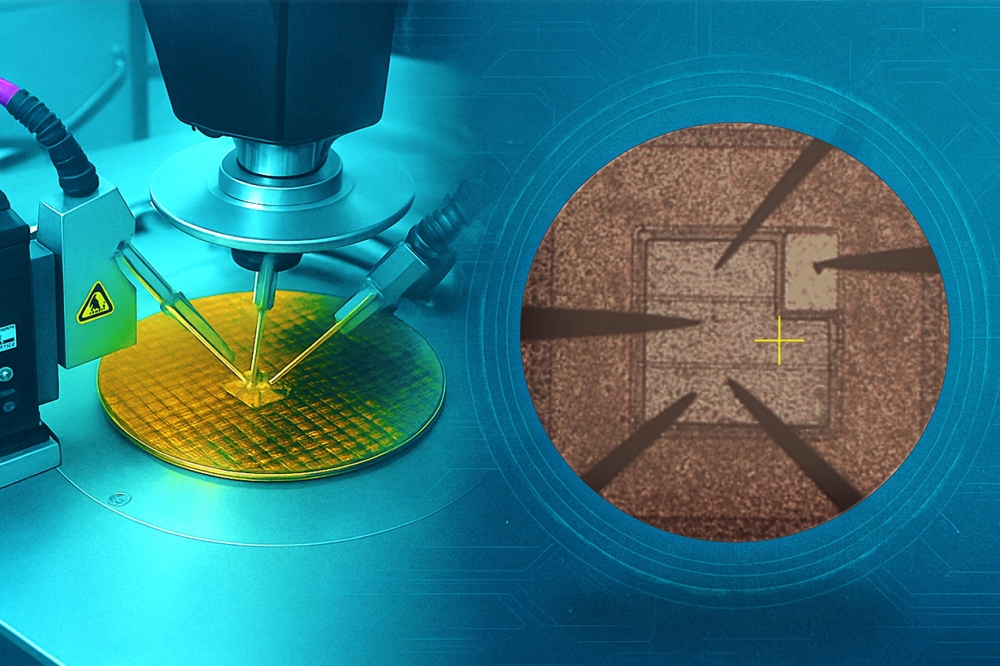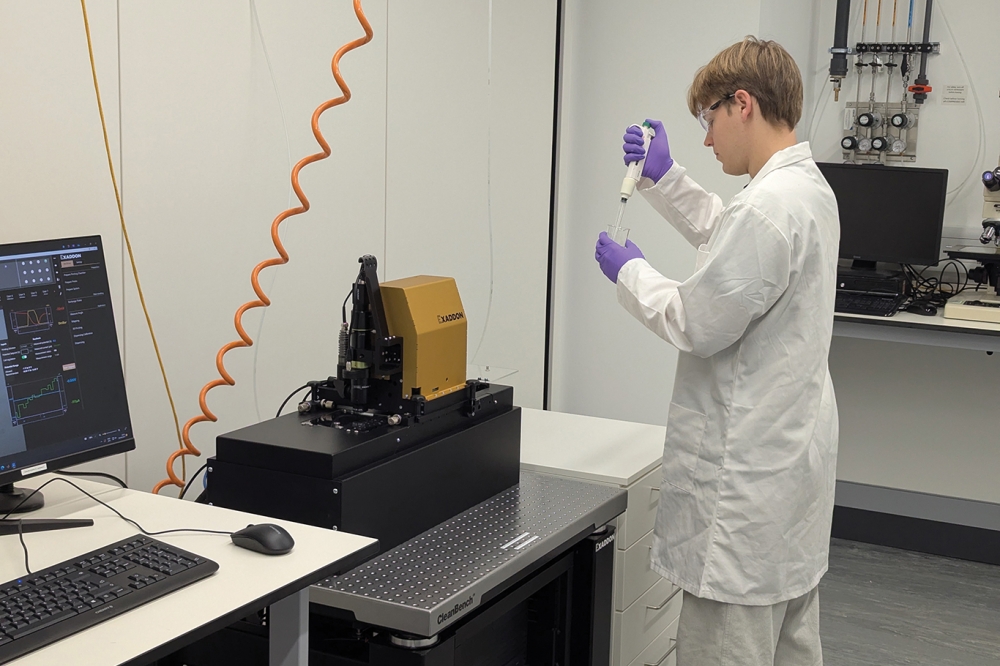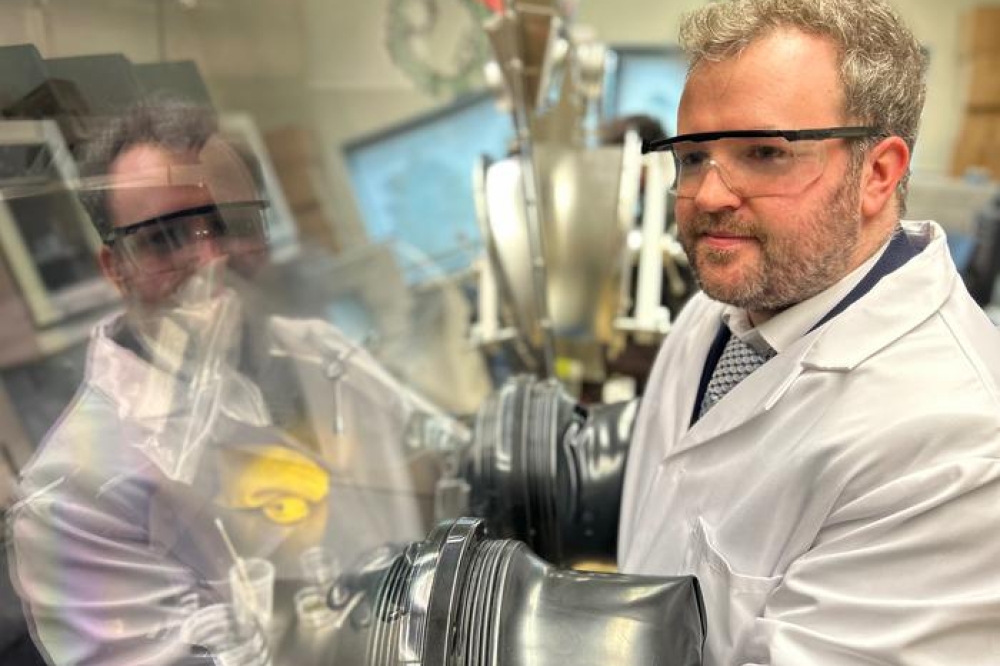Veeco announces 2D semiconductor breakthrough
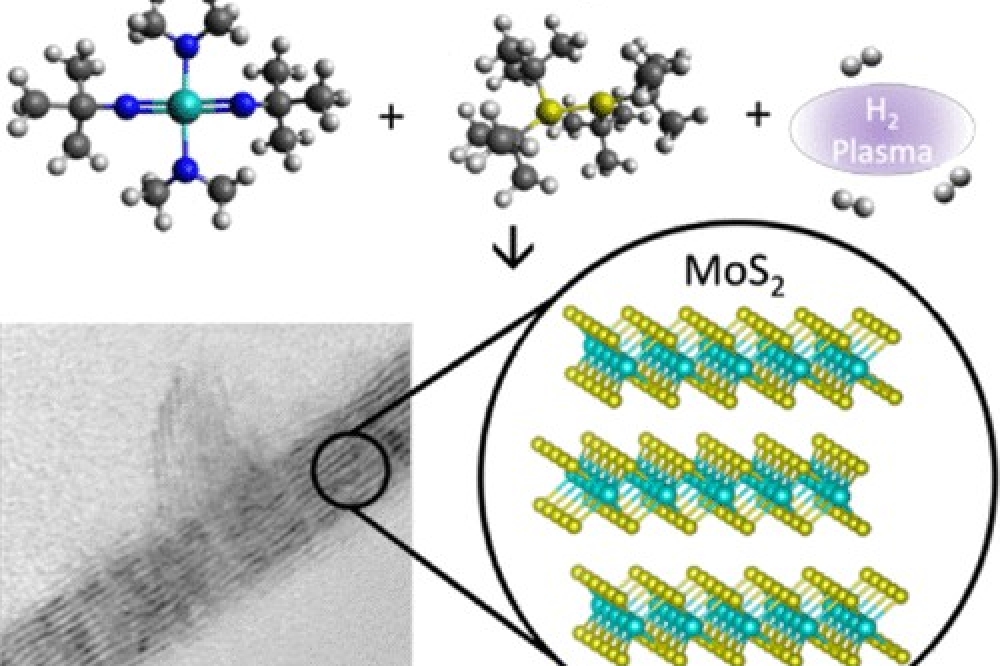
Veeco Instruments has announced that the University of Michigan has published a breakthrough study on atomic layer deposition (ALD) of 2D MoS2 using di-tert-butyl disulphide (TBDS) as a replacement for hydrogen sulphide. Chemistry of Materials journal published the work that was performed on Veeco’s Fiji G2 plasma enhanced ALD (PEALD) system.
Professor of Chemistry, Materials Science and Engineering at the University of Michigan Ageeth Bol and her team of students and postdoctoral students used a PEALD process to deposit high-quality 2D MoS2 using an organometallic precursor and TBDS, in combination with hydrogen plasma. This research introduces a method of using TBDS liquid that is significantly less hazardous than H2S and eliminates the need for expensive safety measures associated with H2S use.
The researchers found that MoS2 films deposited via the TBDS-based process possessed fewer yet taller out-of-plane growths and similar crystal grain diameter (∼10 nm) and electrical resistivity (13.6–15.5 Ω·cm for 3 nm thick films) compared to films made with H2S.
“This development is an important step in the evolution of enabling large-scale integration of 2D transition metal di-chalcogenides into commercial devices,” said Ganesh Sundaram, vice president of technology for ALD and MBE at Veeco. “The synthesis route undertaken by Professor Bol and her group resulted in high-quality, stoichiometric molybdenum disulphide film, and additionally resolves the safety and cost issues that can be associated with the use of traditional hydrogen sulphide-based processes.”
“We’ve been pleased with the performance and capabilities of the Fiji and with our interactions with Veeco’s scientific team,” stated Bol. “Indeed, we are in the process of commissioning a second Fiji system for our group, which is the third system received by the University of Michigan, to support further research activities.
Veeco’s Fiji Plasma-Enhanced ALD system is a modular, high-vacuum thermal ALD system that supports thermal and plasma-enhanced deposition.




